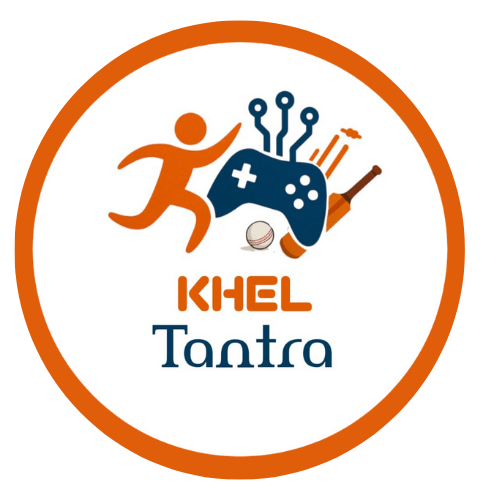Introduction: Why Your Portfolio Matters More Than Your Resume
If you’re a developer (beginner or experienced), your portfolio is often more important than your resume. Recruiters may glance at your CV, but what really gets their attention is what you’ve built. Your portfolio is living proof of your skills — not just what you know, but what you’ve done.
Let’s break down exactly what makes a portfolio effective, and how you can build one that genuinely helps you get interviews, freelance gigs, or full-time offers.
1. Choose the Right Platform (GitHub + Personal Website)
You don’t need anything fancy to get started. In fact:
- GitHub is non-negotiable. Every project you make should be uploaded with clean commits and README files.
- A personal website makes it easy for non-technical people (like HR folks) to explore your work.
Pro Tip: Use free tools like GitHub Pages, Netlify, or Vercel to host your projects and website.
2. Structure Your Portfolio Like a Story
Avoid dumping every small project you’ve ever built. Instead, focus on 3–6 high-quality ones that showcase:
What the problem was
- How you solved it
- What tools/tech you used
- What you learned
Example:
BudgetPal – Personal Finance Tracker
Built using React, Firebase, and Chart.js, this app helps users track their expenses by category. I built a custom login flow with Firebase Auth and used Firestore to store user data securely. Learned about real-time data syncing and building reusable components.
3. Pick Projects That Reflect the Jobs You Want
Tailor your portfolio to your goal. Want to work in fintech? Build a stock tracker. Want a front-end role? Showcase UI-rich apps.
Here’s how to align projects:
| Goal | Suggested Project Ideas |
|---|---|
| Front-end dev | Responsive landing pages, UI clones, weather apps |
| Back-end dev | RESTful APIs, authentication systems, blog CMS |
| Full-stack dev | Task manager app, e-commerce store, chat app |
| Mobile dev (iOS/Android) | Note-taking app, camera scanner, to-do app |
4. Show Code That’s Clean and Well-Documented
Hiring managers do look at your code. Make sure your repositories have:
- Meaningful commit messages
- README.md with screenshots and installation steps
- Code that follows proper formatting and naming conventions
Avoid uploading code with errors, missing files, or junk comments.
5. Don’t Just Rely on Code – Add Live Demos
A recruiter might not know how to run your app locally. A live demo helps them experience your work instantly.
Use Netlify or Vercel to host front-end apps.
For full-stack apps, consider Render, Railway, or simple serverless functions.
6. Add a Blog or Learning Section
Optional — but powerful. A short post like “How I Built My Weather App Using React Hooks” shows that you:
- Understand the tech
- Can explain your thought process
- Are committed to learning
Bonus: Blog posts help with personal branding and even SEO.
7. Include a Simple “About Me” Page
This should include:
- A short bio (1–2 paragraphs)
- Your photo (optional, but helps with trust)
- Tech stack and tools you’re familiar with
- A resume link
- Contact form or email
8. Polish the Design (Use Templates If Needed)
You don’t need to be a designer. Use portfolio templates if design isn’t your strength.
Recommended: React Portfolios, HTML templates on BootstrapMade, or tailwind-nextjs-starter-blog
9. Keep It Updated – Always
Many developers make a portfolio once, and then let it rot. Keep it fresh:
- Replace old projects with better ones
- Update your tech stack
- Add new articles or certifications
- Remove broken links
10. Real Examples That Work
Here are some developer portfolios that you can take inspiration from:
- Brittany Chiang – Great for front-end inspiration
- Catalin Pit – Clean blog-focused portfolio
- Samiul Basher – Real-world project display with case studies
Final Thoughts: Show, Don’t Just Tell
You don’t have to be a senior developer to build a strong portfolio. Even if you’re just starting, 2-3 good projects, clean code, and a bit of storytelling can go a long way.
Treat your portfolio like a product — improve it, update it, and polish it regularly. Because in the end, it’s not about how many languages you list… it’s about what you’ve built with them.
Also Read: – India’s IT Industry in 2025







